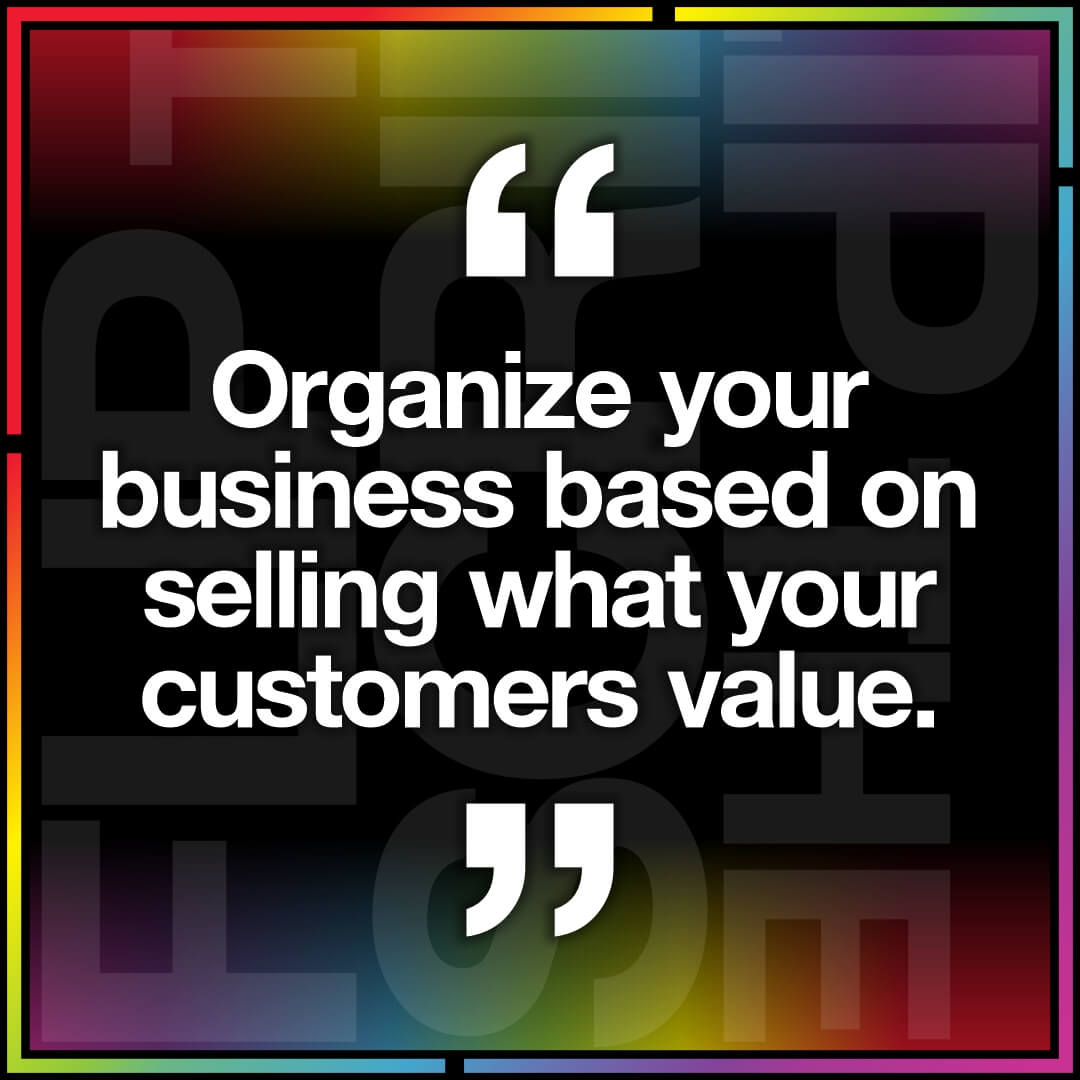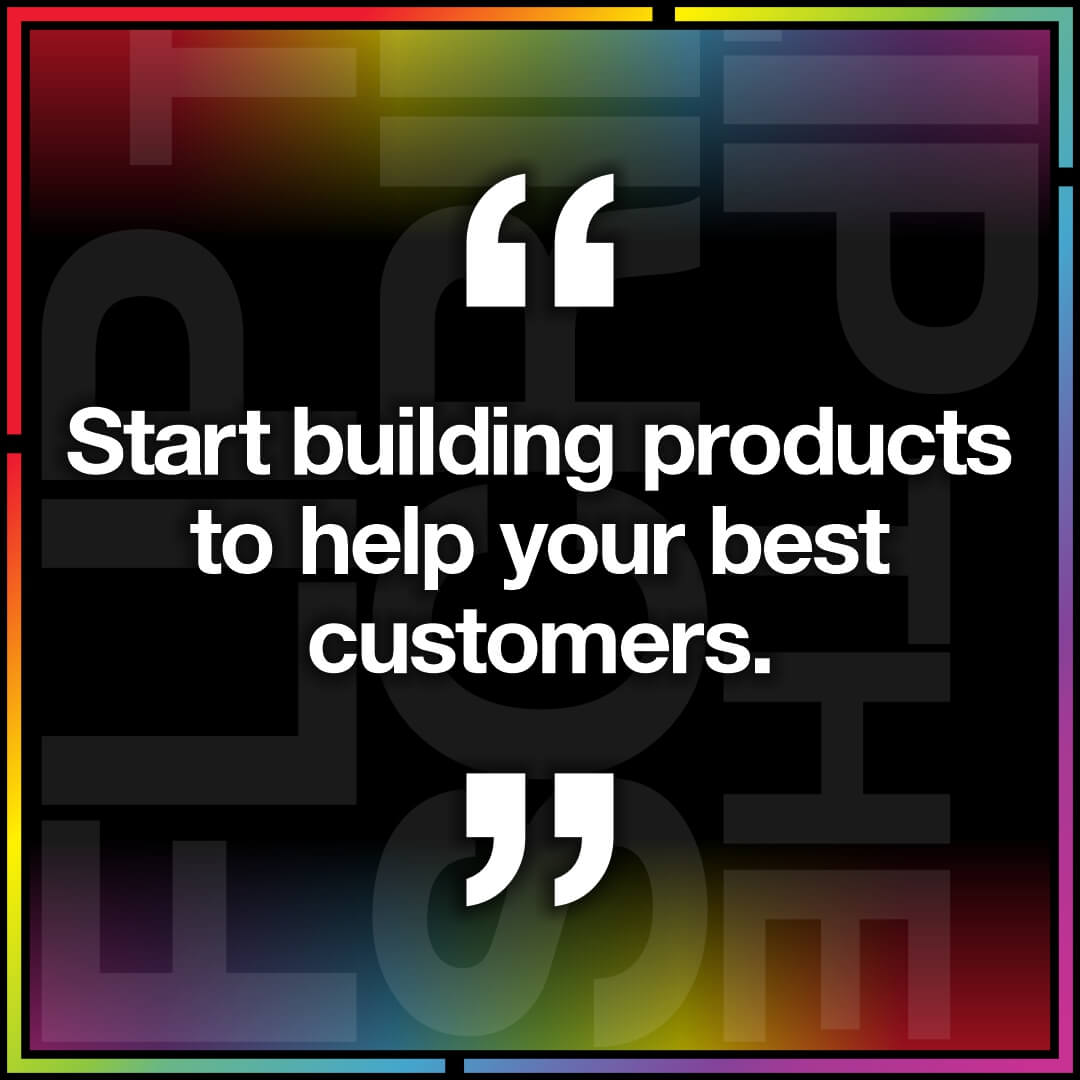Years ago, I heard this gem of a phrase regarding money and business, “You don’t get paid what you are worth; you get paid what you negotiate.”
The agreeable value of what you sell is always in the other person’s eyes. It doesn’t matter what it is. It could be your time, as with a job. Maybe it is with a product, such as a decorated t-shirt. It might be with software, a subscription service, or an hour with a coach to learn a new skill.
When people agree to purchase something, it often is less about the list of benefits and more about the emotional connection to something. So the difference between buying and not buying may come from a feeling about something.
Why do you own your particular car or blue jeans or like your favorite restaurant? I’ll bet there is an emotional connection locked into place that far outweighs the money being spent. It is a fact that people will pay more for an emotional connection because of its perceived value.
Sure, there is a baseline that has to be delivered. The thing has to work or provide the primary function of what is being purchased. However, people will line up around the corner for things that trigger an emotional response.
Low price is the safety net for people who don’t know what they are doing.
Newer people or shops in the industry seem to always begin their journey by low-balling the market on price. When you don’t have confidence in what you do or the value you bring to the sale, it seems logical.
The problem is that it usually spells disaster for the new business, as there isn’t enough money available to scale. This is a no-win strategy for growth and profitability as it only attracts customers whose sole focus is cheap prices and not much else.
If you are stuck on the pricing question, try organizing your business based on selling what your customers VALUE instead.

Trust me. Anyone can decorate a t-shirt or slap a logo on a polo. It’s not that difficult. But why be a commodity? Instead, ask better questions to your customers to uncover their problems and the emotions tied to those problems. That’s a gold mine.
Hank is the head football coach for one of the local high schools. He has been on the job for two years now and is entering his third year coaching the Lions. Hank was an assistant and took over after the legendary football coach retired. They are prepping for a tough year as the cross-town rival is already ranked in the top ten in the state, and he mostly has a team full of younger players.
Challenge question: What is Coach Hank’s problem?
Of course, you would ask him many questions to uncover this, but for the sake of argument, let’s say we have the answers already.
Coach Hank wants to make his mark. He knows what it is like to have many years’ worth of successful teams, as he has been part of that with the former coach. Now it is his turn, and he has a lot of pressure to deliver. His legacy is starting now.
There is a challenging year ahead, and he is coaching a group of underclassmen. He knows he can coach but needs some tools to motivate the players.
What he doesn’t have is time. He needs to be studying game film and working with his team, not worrying about t-shirt orders and designing. This is where you come in.
The first step is to update the classic school Lions logo with a more modern, aggressive look. Coach Hank’s new motivational motto this year is “Lion Pride,” so a bold graphic is created. This not only becomes a helmet sticker and jersey patch but is worked in as a neck label for all of the apparel for the team and fans.
The team colors are Red and White, but unique Black versions of the apparel are made for special “big-game” usage. New versions of the logo are on everything, as well as the bold Lion Pride graphic. In addition, a unique “Hall of Fame” line of apparel is designed for former players and coaches, creating social media buzz.
An online store is created both for the team and for the fans. This helps get the sizing right for the team and is a fundraiser for the school’s boosters. In addition, the new logo and colors increase sales because students and fans suddenly look out of fashion with the old version.
Look at the list of the ten emotions above.
How many emotions play a part in the value-based decision-making for Coach Hank? When you present your ideas, this is what you talk about. Price matters, but not as much as saving the coach time or motivating his team and fanbase. Those are the selling points that get the coach excited and moving forward.
Solving these emotional challenges is what builds a strong relationship that can’t be beaten. When you deliver for a customer and start hitting these emotional traits, that’s when customers sing your praises.
Don’t forget to get Coach Hank’s testimonial video for your marketing reel later!
Maria is the HR manager for a large building contractor, employing over 1,200 people in four states. Her time is spent on safety, new hires, payroll, and employee legal problems. The marketing department has recently rebranded the firm, and now Maria needs to overhaul the business uniforming from scratch. Unfortunately, she has a large budget, a deadline, and not much else.
Challenge question: What is Maria’s problem?
Maria needs dependability. Her reputation is on the line with her decisions, and she can’t afford to make mistakes. She needs assurance, safety, and proven data that indicates the decision she makes is a good one.

The value that Maria is looking for is trustworthiness. With the rebranding, so much is at stake that she can’t afford a misstep. She knows the trust she seeks may even come at a higher price for the items, which she will gladly pay.
This is where sharing stories of past successes with similar employee uniform and merch stores, customer testimonial videos, and a solid guarantee can ensure the deal goes through.
Maria’s emotional trigger is Fear. Trust is gained by being transparent and complete with how the program will work, answering all of her questions, and demonstrating professionalism. She is searching for a partner that can automagically drive the program without a lot of daily involvement by Maria.
Your expertise with garment sizing, fit and finish makes a big impression. As you know that Maria has to deliver this program, your preparation pays off as you confidently answer every question. Then, it is simply a matter of working out the details of the program and executing it as orders flow in.
Of course, we could write plenty more scenarios, but you get the idea. Both Hank and Maria are not isolated customer cases.
Your customers right now are looking for the things that they value most. How often have you asked your best customers, “Why do you do business with us?” This is critical information when thinking about selling on value.
If you asked 20 or 30 of your best customers why they do business with your company, what do you think the most popular answers might be? (Hint: This is your homework for today.)
Customers want to align themselves with companies that are like themselves or fill the need for that emotional trait.
What can make you unique in your market is to demonstrate the emotional traits that your customers value. This means that you must be situational aware to recognize what your customers value most.
The purpose of marketing is to cause change. In this industry, the best idea is to quit trying to find customers for your product or service. Instead, flip the script. Build products or services for your best customers that they value already. Word gets around. A little marketing helps too.